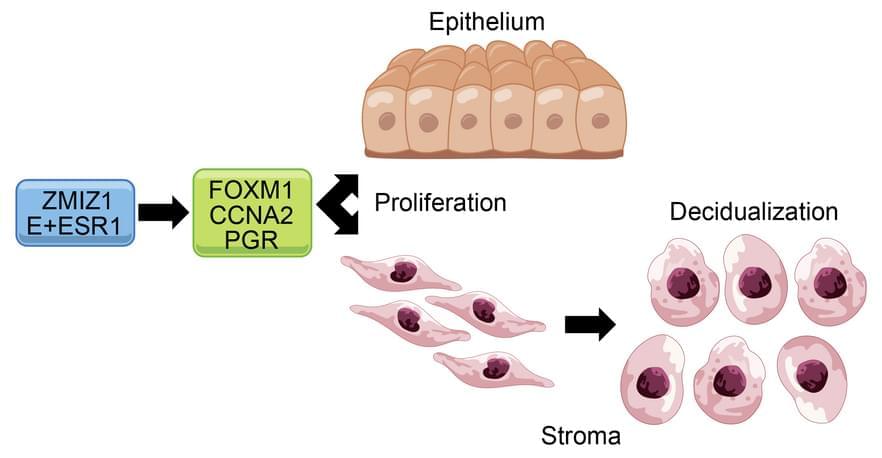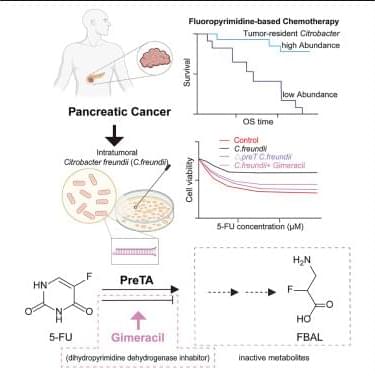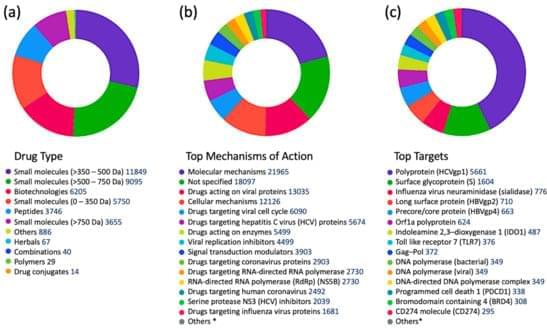THE AUDIOBOOK OF “WHY SPACE? THE PURPOSE OF PEOPLE” IS LIVE! CAN YOU HEAR ME! IT’S LIVE I SAY!
Sorry. Anyway, I know some of you are listeners rather than readers. While for me it is odd to consider listening to my own voice for several hours, I hope you do enjoy it!
Amazon.com: Why Space?: The Purpose of People (Audible Audio Edition): Rick Tumlinson, Rick Tumlinson, Manuscripts Press: Audible Books & Originals.






